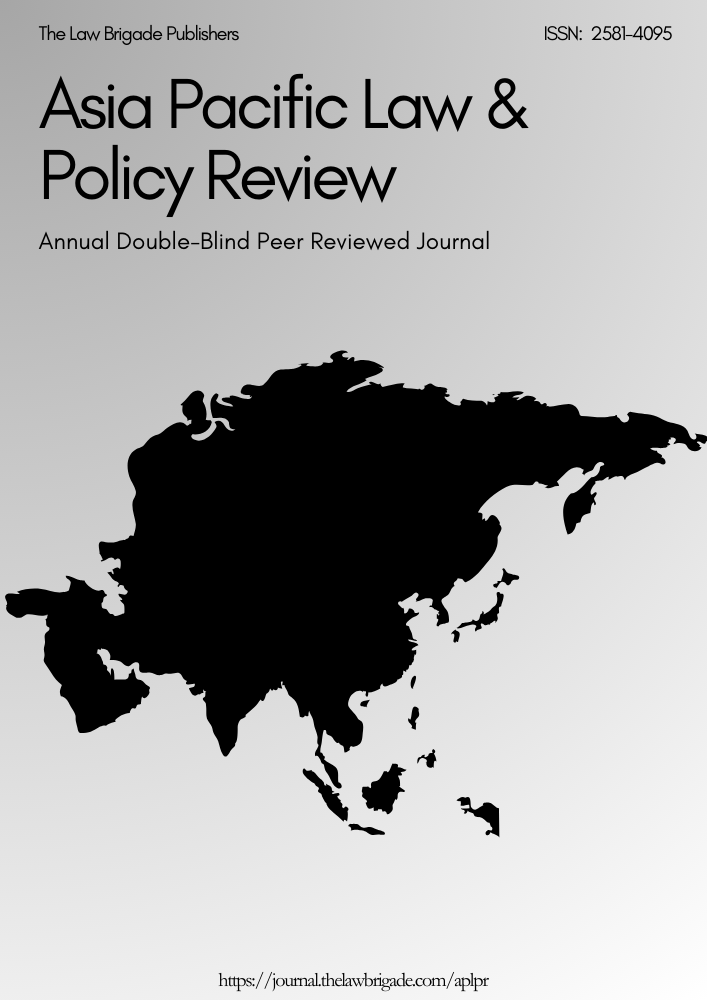REGULATORY FRAMEWORK OF ANTI DUMPING LAWS IN INDIA
Keywords:
Antidumping, , Predatory pricing, Antidumping duties, Price discriminationAbstract
Antidumping law is a trade policy instrument sanctioned by the WTO, which results in the deviation of the two pillars of the WTO viz. MFN and Bound Rates. Deemed to be a “trade remedial measure” it seeks to discipline the conduct of firms exporting into their jurisdictions. It is designed to prevent the export of goods in to a foreign market at prices less than the “normal value.” Put simply, if an article is sold in the exporting country at 200, but exported at 150, even though it may cost 100 to make, it is dumping. Dumping, through a requirement that the domestic selling price must be in the ordinary “course of trade” which inter alia requires that it must be above the cost of production, also addresses the situation where an article is sold blow cost. To use an extreme example, if the article is sold in the domestic market at 90, exported at 95, but costs 100 to make – this is dumping as well. Over the years, anti-dumping has become an effective tool for several countries to protect their domestic industry from foreign competition, thereby eliminating competition from dumped imports to like or similar goods manufactured by domestic industry.
Downloads
Published
Issue
Section
License

This work is licensed under a Creative Commons Attribution-NonCommercial-ShareAlike 4.0 International License.
License Terms
Ownership and Licensing:
Authors of research papers submitted to any journal published by The Law Brigade Publishers retain the copyright of their work while granting the journal specific rights. Authors maintain ownership of the copyright and grant the journal the right of first publication. Simultaneously, authors agree to license their research papers under the Creative Commons Attribution-ShareAlike 4.0 International (CC BY-SA 4.0) License.
License Permissions:
Under the CC BY-SA 4.0 License, others are permitted to share and adapt the work, even for commercial purposes, provided that appropriate attribution is given to the authors, and acknowledgment is made of the initial publication by The Law Brigade Publishers. This license encourages the broad dissemination and reuse of research papers while ensuring that the original work is properly credited.
Additional Distribution Arrangements:
Authors are free to enter into separate, non-exclusive contractual arrangements for distributing the published version of the work (e.g., posting it to institutional repositories or publishing it in books), provided that the original publication by The Law Brigade Publishers is acknowledged.
Online Posting:
Authors are encouraged to share their work online (e.g., in institutional repositories or on personal websites) both prior to submission and after publication. This practice can facilitate productive exchanges and increase the visibility and citation of the work.
Responsibility and Liability:
Authors are responsible for ensuring that their submitted research papers do not infringe on the copyright, privacy, or other rights of third parties. The Law Brigade Publishers disclaims any liability for any copyright infringement or violation of third-party rights within the submitted research papers.


